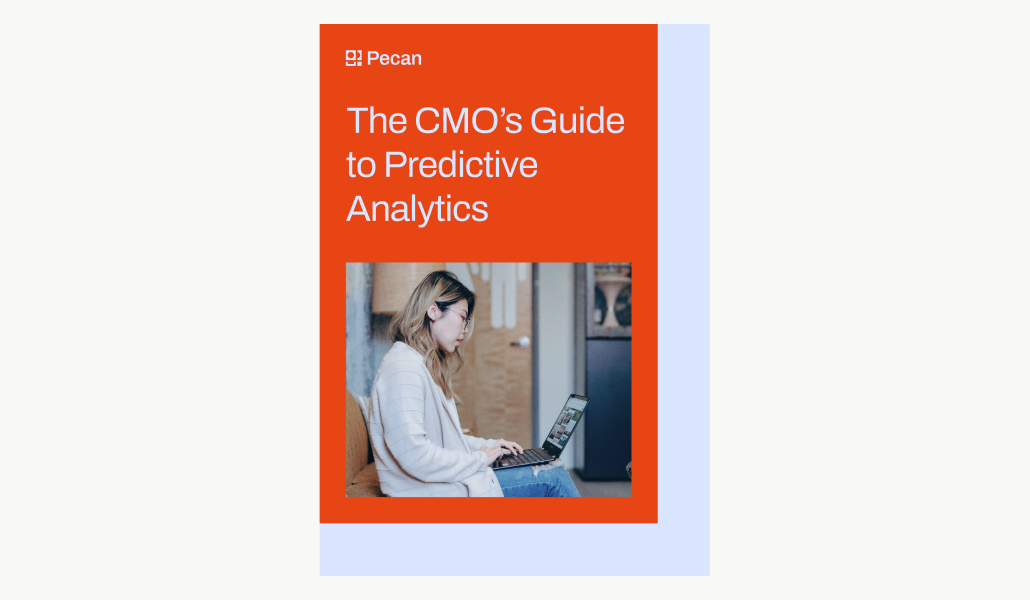A recent survey showed that CMOs typically spend over 60% of their time managing present-day concerns rather than preparing their companies for the future. A short-term focus on today’s pressing issues means CMOs aren’t always ready for what’s coming.
In a recent Forrester survey of 150 U.S. marketing executives, 71% said it would be very or extremely challenging to demonstrate the value of marketing to the CEO, CFO, and the board during the upcoming year.

Moreover, many CMOs aren’t confident in their data and analytics framework, meaning many marketing organizations lack a data-focused strategic approach. In late 2022, a GfK/CMO Council study found that only 28% of American CMOs have substantial confidence in their data analytics. Furthermore, only 4% of U.S.-based CMOs say AI is either “leading the way” or “used pervasively” in their companies.
Marketing executives must address the organizational and cultural constraints contributing to an overwhelming lack of confidence in analytic and AI frameworks. Given the power of data to guide effective decisions and increase efficiency, it’s critical to begin your exploration now — especially in such challenging market conditions.
We’re delighted to share The CMO’s Guide to Predictive Analytics to better equip today’s CMO to face this challenge. We’ll take a closer look at three areas and empower you to take action:
- The puzzling shortage of data-driven decisions: Why do so many leaders “go with their gut” instead of listening to their data?
- Overcoming data challenges: What obstacles block establishing a genuinely data-driven culture
- Getting started with predictive analytics: How can you begin adopting a predictive strategy in your organization, and what are some use cases that offer quick wins?


